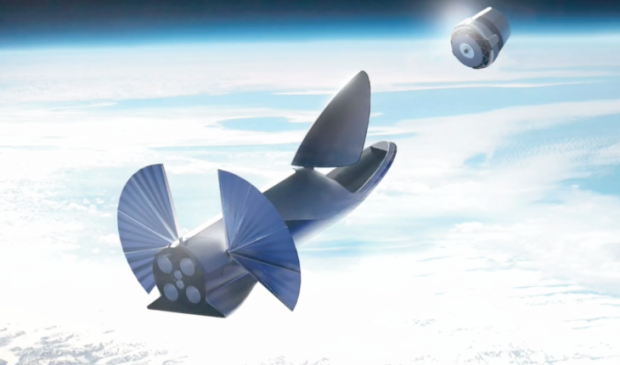
Breaking News
 2 Hours of Retro Sci-Fi Christmas Songs | Atomic-Age Christmas at a Snowy Ski Resort
2 Hours of Retro Sci-Fi Christmas Songs | Atomic-Age Christmas at a Snowy Ski Resort
 Alternative Ways to Buy Farmland
Alternative Ways to Buy Farmland
 LED lights are DEVASTATING our bodies, here's why | Redacted w Clayton Morris
LED lights are DEVASTATING our bodies, here's why | Redacted w Clayton Morris
Top Tech News
 Travel gadget promises to dry and iron your clothes – totally hands-free
Travel gadget promises to dry and iron your clothes – totally hands-free
 Perfect Aircrete, Kitchen Ingredients.
Perfect Aircrete, Kitchen Ingredients.
 Futuristic pixel-raising display lets you feel what's onscreen
Futuristic pixel-raising display lets you feel what's onscreen
 Cutting-Edge Facility Generates Pure Water and Hydrogen Fuel from Seawater for Mere Pennies
Cutting-Edge Facility Generates Pure Water and Hydrogen Fuel from Seawater for Mere Pennies
 This tiny dev board is packed with features for ambitious makers
This tiny dev board is packed with features for ambitious makers
 Scientists Discover Gel to Regrow Tooth Enamel
Scientists Discover Gel to Regrow Tooth Enamel
 Vitamin C and Dandelion Root Killing Cancer Cells -- as Former CDC Director Calls for COVID-19...
Vitamin C and Dandelion Root Killing Cancer Cells -- as Former CDC Director Calls for COVID-19...
 Galactic Brain: US firm plans space-based data centers, power grid to challenge China
Galactic Brain: US firm plans space-based data centers, power grid to challenge China
 A microbial cleanup for glyphosate just earned a patent. Here's why that matters
A microbial cleanup for glyphosate just earned a patent. Here's why that matters
 Japan Breaks Internet Speed Record with 5 Million Times Faster Data Transfer
Japan Breaks Internet Speed Record with 5 Million Times Faster Data Transfer
Forget a space race - Let SpaceX transport you and focus building out the frontier

Companies should forget about trying to close the massive decade plus lead that SpaceX now has with large reusable rockets.
The SpaceX Falcon Heavy is like a DC-10 aircraft and SpaceX will make it 80-90% reusable with 64 tons of payload. The SpaceX BFR will be 100% reusable and will be like a 747 with 150 tons of payload.
The Blue Origin New Glenn rocket plans to have a first stage that can be reused 100 times. It will be able to take 45 tons to low earth orbit. It is expected to make its initial test launch in 2020. It will likely take several years after that for all of the testing to be completed and for reusability to be mastered.
The New Glenn will not be beating the SpaceX Falcon Heavy and will be far less capable than the SpaceX BFR.
There is a race for the global internet satellite network. SpaceX is trying to build out a low earth orbit satellite network of thousands of satellites to provide high-speed internet.
The SpaceX system will have 4,425 satellites using Ka- and Ku-Band spectrum to provide a wide range of broadband and communications services for residential, commercial, institutional, governmental and professional users worldwide. SpaceX has proposed a separate V-Band, where it has proposed an additional constellation of 7,500 satellites operating even closer to Earth.
SpaceX says its end-user terminals will be a small flat panel the size of a laptop. This will use phased array technologies to allow for highly directive, steered antenna beams that track the system's low-Earth orbit satellites.

 $100 SILVER CONFIRMED?
$100 SILVER CONFIRMED?

